Contents:
- Features of the preparatory phase
- Effective tools and rules for their application
- Rules for subsequent care for the coating
When conducting industrial work, the owners rarely think about preventing contamination from getting onto the floor, and providing reliable protection to surfaces is not so easy. Therefore, the question often arises of how to wash the laminate after repair, than to process the coating to restore its former attractiveness.
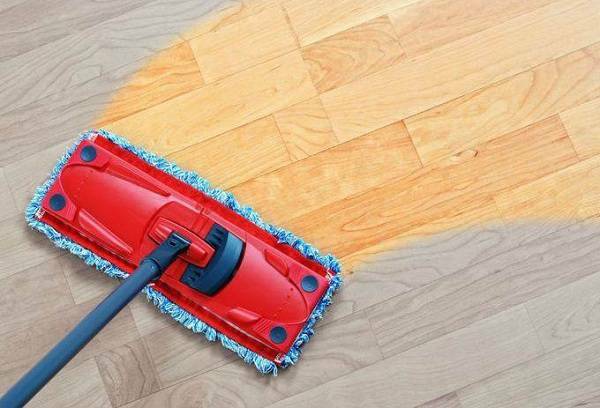
You can of course just wash the laminate with clean water for several days, but the stains, grains of sand, roughness and even stains will still remain( and capricious material will change over time).To get the desired effect you will have to try a lot, but the final result will definitely be worth it.
Features of the preparatory stage
Even before the start of the repair, at least a minimum of protective manipulations should be carried out, implying covering the entire floor area with polyethylene. The traditional variant with newspapers is better to sweep away. They not only will not protect against building dust or drops of various compositions, but they can also wipe themselves, covering the laminate with black divorces.
After all the work is finished, you need to do the following:
- The floor is carefully swept several times, removing large pieces of debris and building dust.
- If there are sticky stains of cement, paint, alabaster, plaster and other materials on the surface, gently scrape as much of them as possible with a small trowel. Residue abundantly moistened with water with a soft sponge.
- We take a broom dipped in water without detergents and carefully sweep away all the dirt particles, working from the corners to the center of the room.
Tip: The lower the quality of the laminate, the more careful it is to treat it. While expensive materials tolerate even aggressive options of exposure, a product that is not of the highest quality can swell and change as a result of inaccurate wet cleaning.
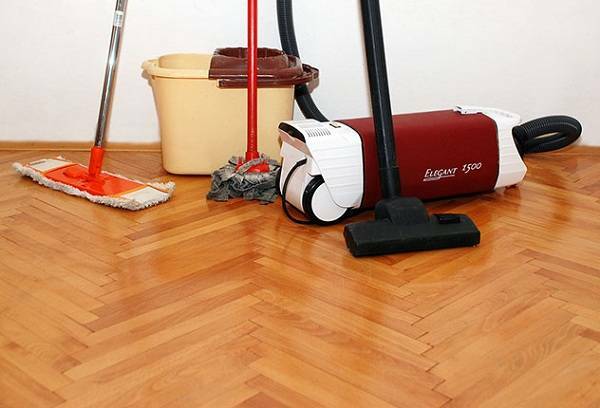
- Next, my floor is a rag using a lot of water. But this does not mean that there must be puddles on the surface, we immediately remove excess fluids.
- Change the water and this time add detergent( profile or any, not giving too much foam).
- Repeat the procedure several times, regularly changing the water.
If the laminate has not been stained with solidified industrial products, this may be enough. But more often it is necessary to use compositions of more intensive action.
Effective tools and rules for their use
Lime and gypsum dust, like other stains from building materials, are not an irreparable situation today. There are several simple but effective ways to clean the floor after repair:
- Vegetable oil. Allows to remove even the smallest traces of building dust. In a basin with clean warm water, add a few tablespoons of vegetable oil and the resulting composition of my room. Then change the container and prepare the solution from cool water and a few tablespoons of vinegar. Once again, my room, wait until the laminate dries. After that, my room again, now with clean water.
- Table salt. A universal remedy for most building contaminants. First, my floor with warm water with the addition of any detergent, after which we prepare a solution of cool water and half a glass of table salt. After applying the composition of my room clean water.
- Potassium permanganate. Another reliable option to combat traces of building dust. We raise the pharmacy product in a little warm water, the liquid should get a bright pink color. My composition of the room, you can even several times, wipe the floors with clean cool water. To clean the laminate of light colors, this method is best not to practice.
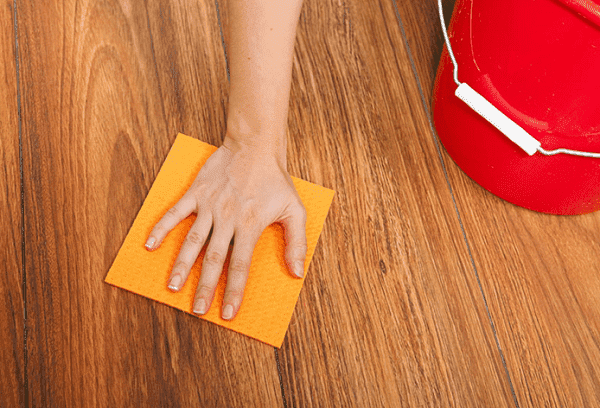
- Kerosene. Also gives a good result. On a bucket of water we take not more than half a glass of kerosene. This composition my coating several times, until the desired result is achieved. After cleaning, we treat the floor with the detergent composition, then with clean water.
- Domestos and its analogues. It is important not to overexpress the product on a sensitive surface. Dilute the active ingredient in the water strictly according to the instructions. It is recommended to re-read the label several times to make sure that the compound is not prohibited from being used to clean the laminate.
- Profile means. Today, household stores offer a lot of products designed specifically for washing floors. They can be safely used for laminate processing after repair. Exactly the same result can be expected from the use of liquids intended for cleaning glass. The floor after that will not only be clean, but also sparkling.
- If the coating is contaminated with gypsum or calcareous dust, paint or asbestos, it is better not to experiment with various solvents, but visit a building store. The expert will advise which product in which case it will be better to cope with the problem.
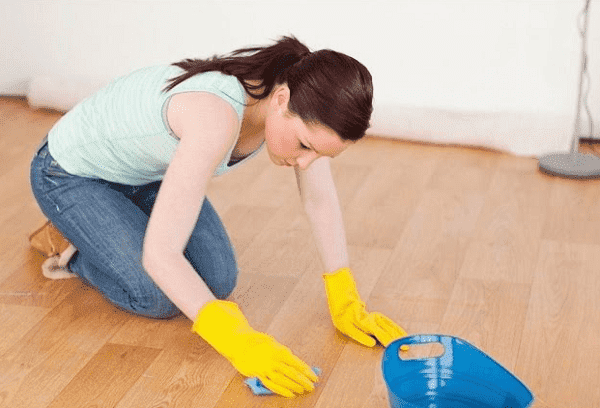
It is worth considering that the efficiency of cleaning will increase if for flooring use not ordinary fabric, but napkins or rags of microfiber. They act on the laminate very gently, leaving no streaks and scratches. But from the use of washing vacuum cleaners it is better to refuse, as well as from steam generators of high power.
Rules for the subsequent care of the
coating After the desired result is achieved, it is recommended that more attention is paid to laminate processing for several weeks. It is strictly forbidden to use acid formulations for cleaning it. Sufficient daily dry cleaning with a conventional vacuum cleaner with a suitable nozzle.
Every three days we wipe the floor with a microfiber with a minimum amount of water. During each 3-4 wet cleaning we use a profile tool. If it seems that the surface has faded, during wet cleanings you can add 1-2 tablespoons of white vinegar to the water.
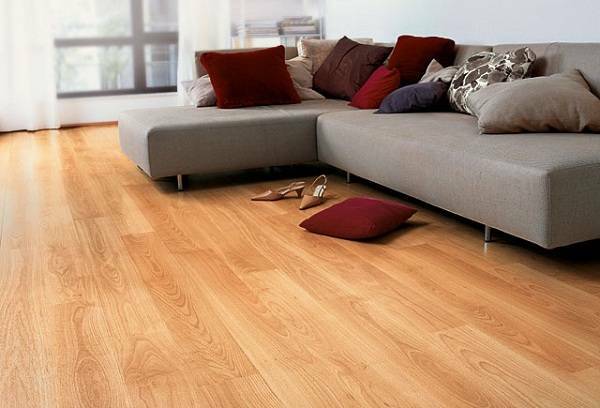
If all of the above recommendations did not help and stains continue to spoil the surface, it is worth contacting a cleaning company. Experienced professionals will quickly bring the coating in order.



